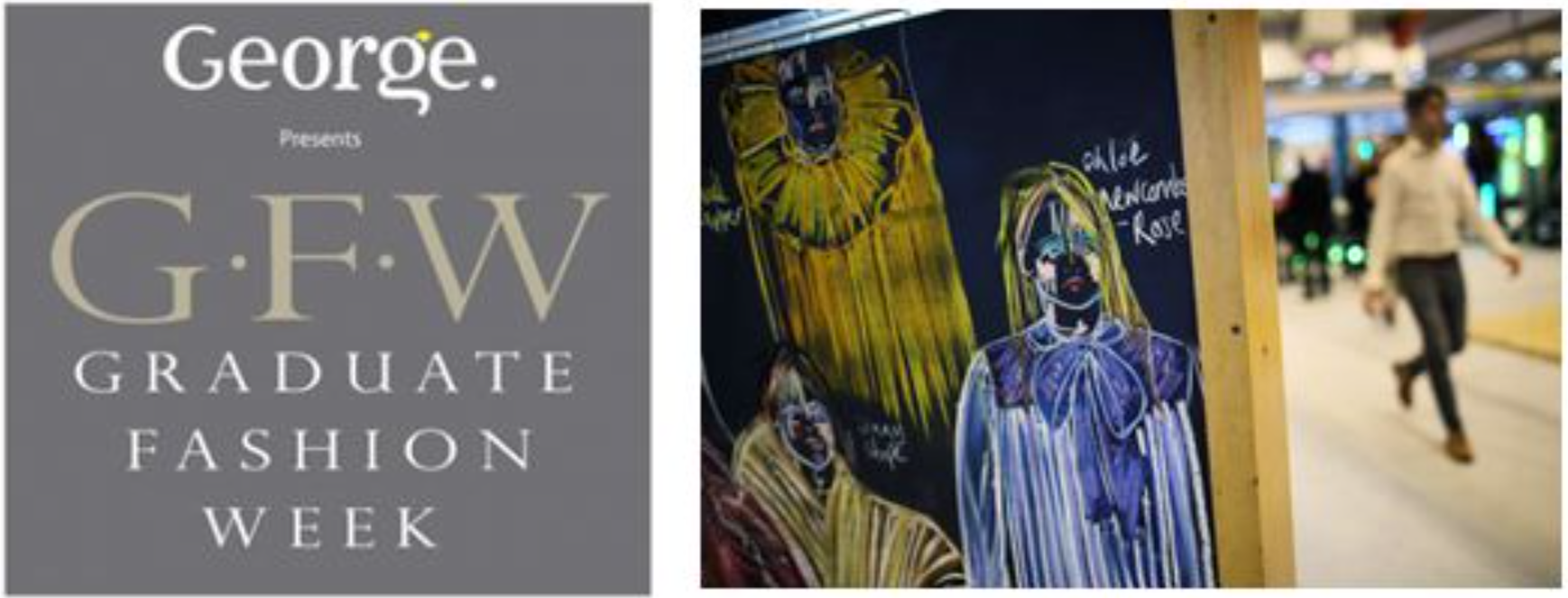According to the ONS (Office for National Statistics) data in the three months to February 2020, the quantity bought in retail sales fell for the fourth consecutive month by 0.6%; this was across all stores except non-store retailing. With continuous access to computing power now the norm, consumers are now unable to compartmentalise the physical and digital into two worlds. For retailers this means consumer expectations of the types of experiences they can have in the physical world and their stores are higher.
More than ever consumers are seeking hedonic as well as utilitarian benefits in their shopping and consumption experiences. Hedonic shopping is driven by our desire for fun, entertainment and satisfaction. It is derived from the perceived fun or playfulness of shopping experiences.
With sales declining overtime, now more than ever the retail experience needs to have a fresh and innovative way in which customers can shop. A way in which retailers have been doing this is through experiential retail. Experiential retail is a type of retail whereby customers coming into a physical retail space are offered experiences beyond the traditional ones.
An amazing example of this is Farfetch’s Augmented Retail Solution. In its retail store in London, Farfetch provided connected clothing racks, touch-screen-enhanced mirrors and sign-in stations that pulled data collected online to use in-store. Farfetch provided customers with a sign-in screen to search their purchase history and wish list, which provided valuable customer insight for the sales assistants. There was also a smart mirror to request different sizes, alternative products or pay without leaving the dressing room.This was such a success as it provided the best parts of a personal experience in store, but it also had the convenience and efficiency of online shopping.
Another amazing example of an immersive retail experience is at The House of Vans in London. A location where art, music, BMX, street culture and fashion converge, you can find almost everything you can imagine across the 30,000 square feet building. Amongst a cinema, café, live music venue and art gallery, the bottom floor holds the most unique feature of the building: the concrete ramp, mini ramp and street course. The store is the epitome of the Vans brand, which is spontaneous, vibrant and social.
Virtual reality in retail spaces is also a rising trend in retail that creates an immersive experience for the consumer. It is the ability to experience products in virtual reality before you buy them.
In 2015 TOMS’ placed VR (Virtual Reality) headsets into 100 stores, enabling them to virtually transport customers to Peru to see the impact of their ‘One for One’ giving campaign on local people. The campaign was not only engaging but it told a story that emotionally connected with the consumer.
In most recent times Virtual Reality has advanced to apps as well as filters. Wanna Kicksis the first sneaker Try-On camera app, where you can discover new drops and classics with 3D augmented reality, instantly try it on your feet, and purchase afterwards. A running theme in the advancement of VR is the aim to make the shopping experience for the consumer seamless as well as easier. Experiential Retail is about a personalised shopping experience and providing an unparalleled retail experience for customers.





